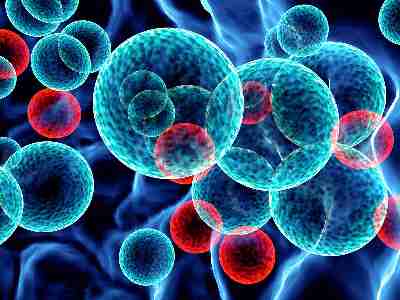Analysis of the nanoparticle size distribution and nanoparticles identification can be obtained by means of Dynamic Light Scattering (DLS), sometimes also referred to as Photon Correlation Spectroscopy. The technique uses a laser to track the Brownian motion of particles and in particular nanoparticles. The Brownian motion of particles in the liquid phase occurs randomly in every direction and smaller particles will typically travel faster than larger particles. The faster movement of the smaller particles is due to the energy transfer of liquid molecules to the solid particles and nanoparticles will experience a greater effect of this energy transfer than larger and heavier particles. The measurement range of the dynamic light scattering technique is therefore also limited on the upper range since larger particles are simply to heavy to display Brownian motion and will also settle too fast. The upper limit of the technique is in the size range of approximately 10 micrometers and the strong focus of dynamic light scattering is clearly on the nanoparticle size range. Nanoparticles down to 3 nanometers can be identified and measured.
The DLS particle size analysis in the liquid phase provides information on the hydrodynamic particle size of the nanoparticles. Analysis of the size distribution on the nanoparticles released into the air as airborne nanoparticles can be obtained by the EN 17199-4 small rotating drum methodology in which an electronic impactor and a nanoparticle counter are being used.
Similar to electron microscopy and differential centrifugal sedimentation, dynamic light scattering is considered as a confirmatory technique following the European Commission’s guidelines on nanomaterial identification, providing direct evidence of the presence of nanoparticles and the nanoparticle size distribution.




